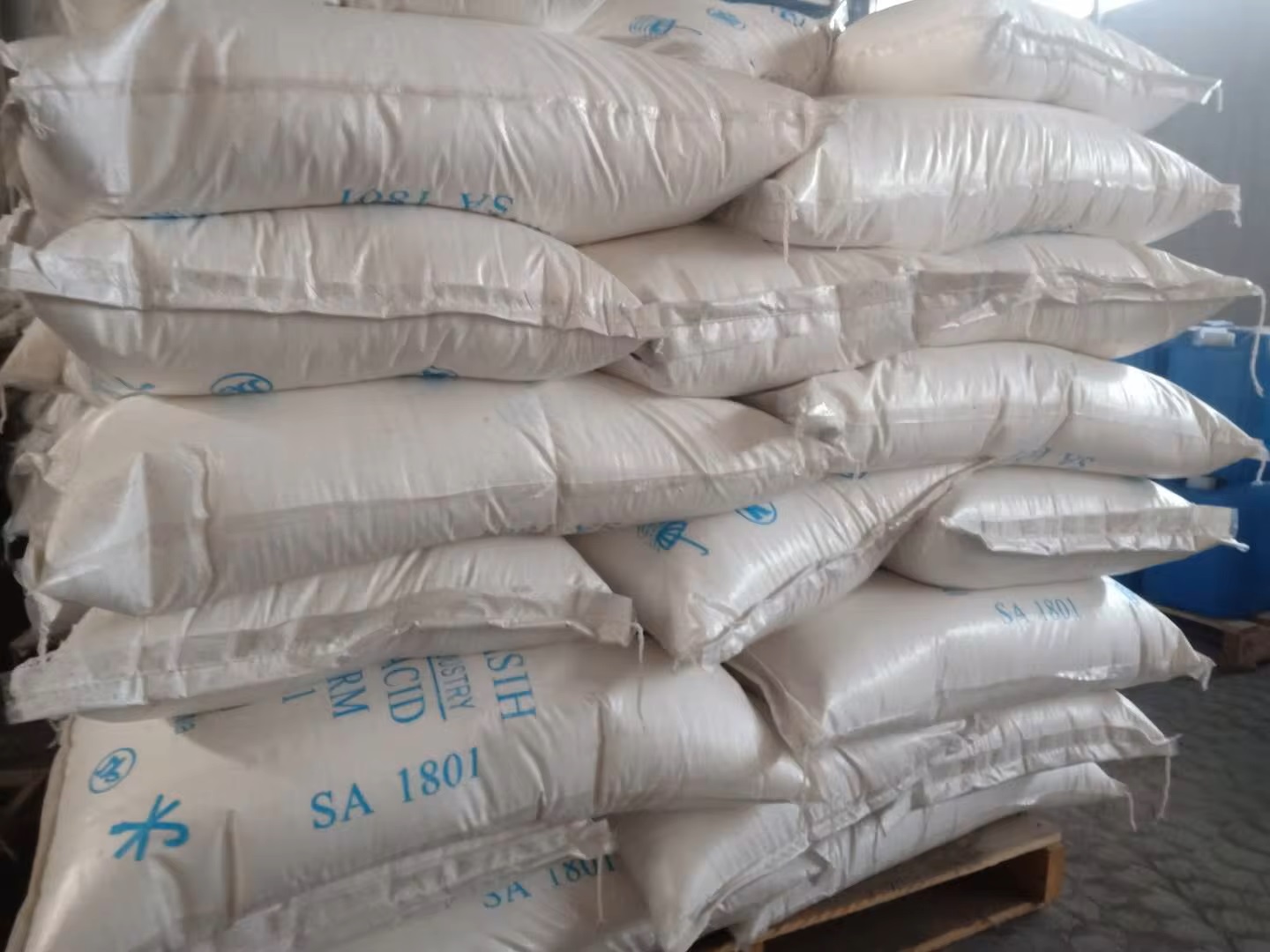We unleash your business potential by maximize the business innovation.
Send EmailMagnesium Stearate
Molecular Formula (Magnesium Stearate): C36H70MgO4
Molecular Weight: 591.20 g/mol
Chemical Name: Magnesium Octadecanoate
Cas Number: 557-04-0
It is an anionic surfactant among fatty acid salts. Its stability performance exhibits properties similar to Calcium Stearate.
It is applied to the skin with its lubricating feature. It exhibits anti-adhesive properties by providing a lubricating effect in products used in the cosmetics sector.
Magnesium cation (Mg2+) is divalent. It is a molecule formed by the bonding of 2 stearate anions to the magnesium element.
Other Names Are As Follows;
Magnesium Distearate
557-04-4
Stearic Acid, Magnesium Salt
Magnesium Octadecanoate
Octadecanoic Acid, Magnesium Salt
Dibasic Form
How is it produced?
Stearic Acid magnesium Salt production is obtained by reacting sodium stearate with magnesium salts. This is one of the methods.
Another method is obtained by reacting stearic acid with magnesium oxide.
What are its physical and chemical properties?
It is physically available in several forms. It can be found in white crystal pellet form or as dry powder.
It is odorless or has a faint characteristic odor. It is a tasteless chemical.
Its melting point is 88.50 ° C.
Its solubility in water is very low. Approximately 3 mg is dissolved in 100 mlt of water at 15 ° C. It has a solubility of 4 mg in 100 mlt water at 25 ° C and 8 mg in water at 50 ° C. It is soluble in hot ethyl alcohol.
Where are the Areas of Use of Magnesium Stearate?
It is used as an emulsifier and anti-sticking agent in some food applications to ensure mixing.
It is an inactive diluent in the pharmaceutical sector to dilute drugs produced in tablet and powder form.
It is used in some drug production formulas to prevent these components from sticking to the machines during encapsulation and tablet processes. It emerges as a lubricant.
In case of foam formation in food applications, foaming can be prevented if this chemical is used. In short, it is used as an anti-foam (Defoamer) in food products.
It is used as a mold release agent by providing lubrication in the production of pressed confectionery.
It is used in the production of powders, which are baby products.
It contains carrier particles in the production of dry powder inhalation (DPI) drugs. Such drugs have active ingredients that are sensitive to hydrolysis. Therefore, it is used in the production of these drugs and inhibits the degradation of the active ingredient.
